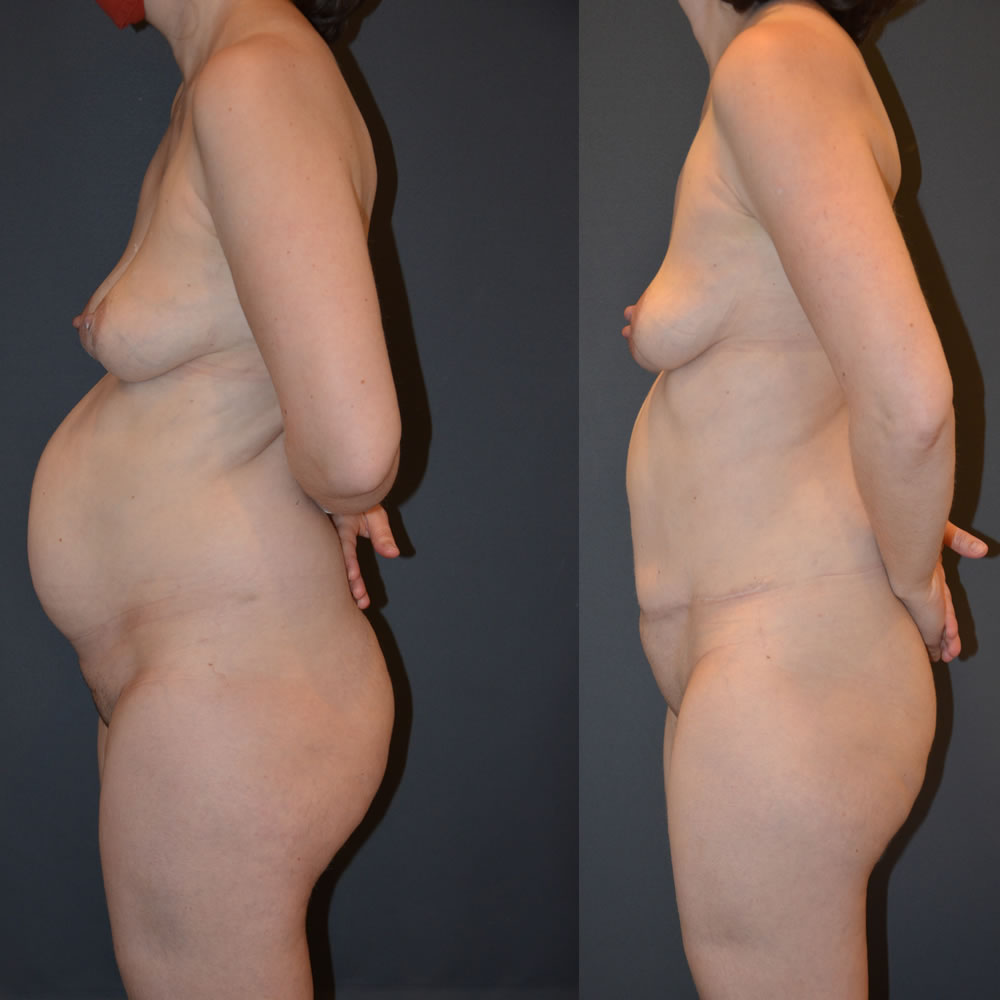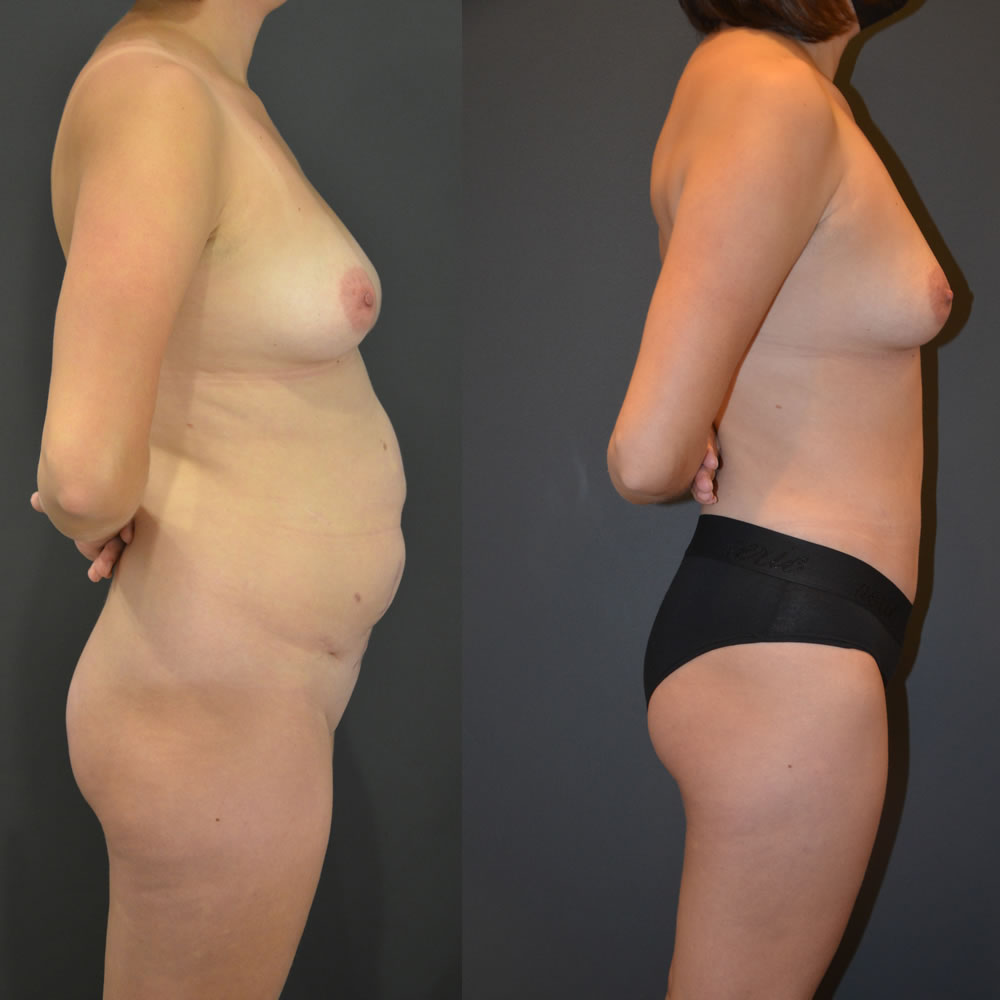The rectus abdominis are the abdominal muscles that create the “six pack” of a toned, fit stomach. The muscles meet in the middle of the stomach, with a line extending vertically from the ribcage down to the pelvic area. When this center connective tissue and fascia is stretched or torn, it causes a separation of the right and left abdominal muscles, a condition called diastasis recti, common after pregnancy. Dr. Aviva Preminger is an abdominoplasty and abdominal muscle repair specialist, offering diastasis recti repair surgery through her practice in NYC.
Diastasis recti occurs when the connection between the left and right abdominal muscles is torn or stretched. Pregnancy is the most common cause of this abdominal separation, but excessive weight gain, strain and umbilical hernias can contribute to this condition in both men and women. The result is a bulge in the abdomen in the widening space between the two sides of the abdominal muscles. No amount of sit ups or crunches can flatten severe diastasis recti – only body contouring surgery can repair and reconnect the muscles.
Before & After

Before & After

Quick Facts
Procedure Length
2-3 Hours
Anesthesia
General
In/Out Patient
Outpatient
Risks
Bleeding, infection, seroma, poor healing
Side Effects
Swelling, bruising, discomfort
Recovery
Return to work in 2 weeks, full recovery in 6 weeks
Duration of Results
Long-lasting with maintenance
